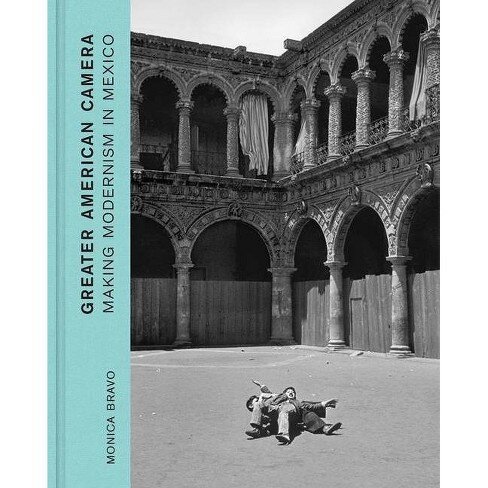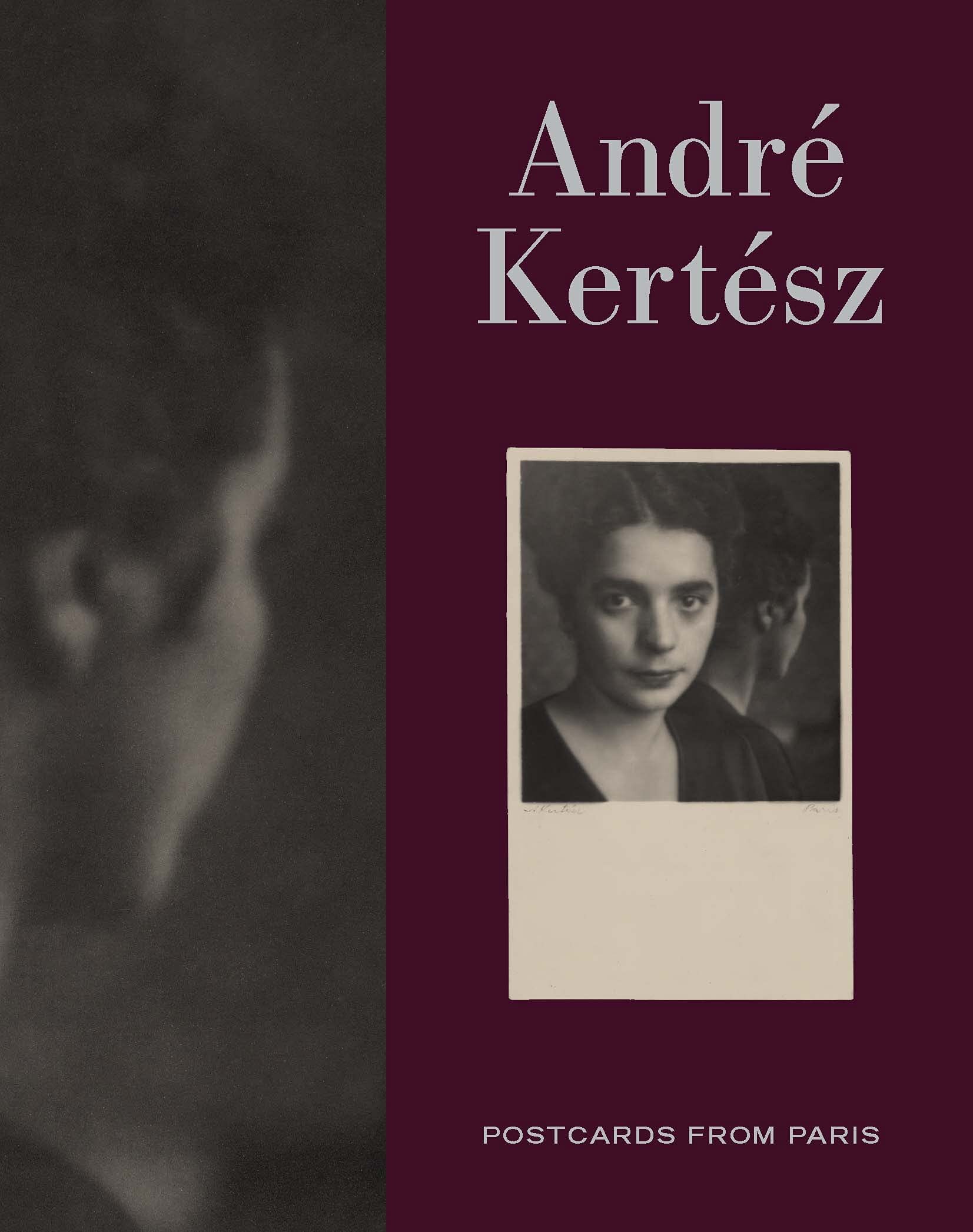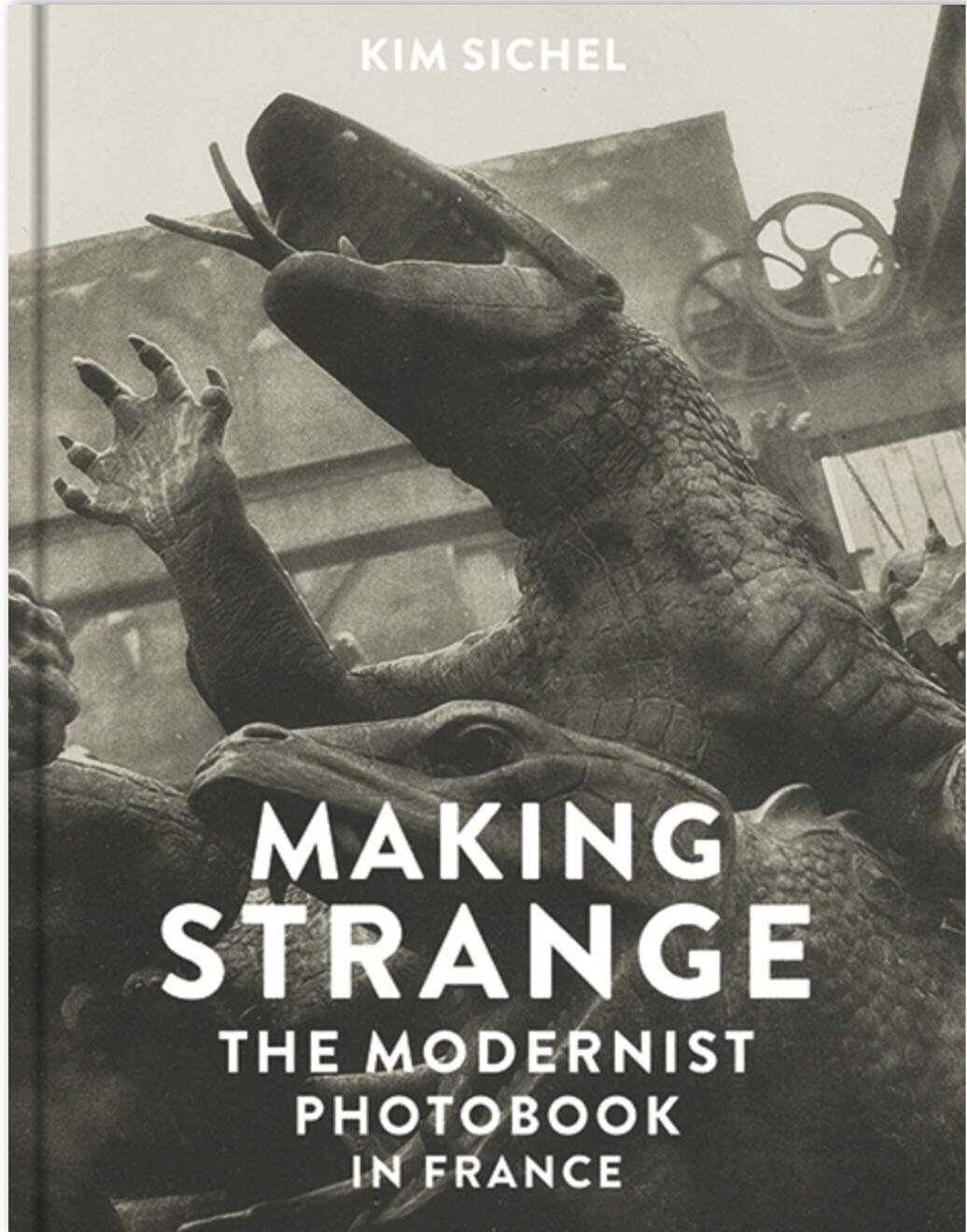
Greater American Camera: Making Modernism in Mexico
Author: Monica Bravo
Photographers Edward Weston, Tina Modotti, Paul Strand, and Helen Levitt were among the U.S. artists who traveled to Mexico during the interwar period seeking a community more receptive to the radical premises of modern art. Looking closely at the work produced by these four artists in Mexico, this book examines the vital role of exchanges between the expatriates and their Mexican contemporaries in forging a new photographic style.

André Kertész: Postcards from Paris
Editor: Elizabeth Siegel
This elegant book unites all of the known carte postale prints by the photographer André Kertész (1894–1985), including portraits, views of Paris, careful studio scenes, and exquisitely simple still lifes. Essays shed new light on the artist’s most acclaimed images; themes of materiality, exile, and communication; his illustrious and bohemian social circle; and the changing identity of art photography.

Life Magazine and the Power of Photography
Editors: Katherine A. Bussard and Kristen Gresh
From the Great Depression to the Vietnam War, the vast majority of the photographs printed and consumed in the United States appeared on the pages of illustrated magazines. Offering an in-depth look at the photography featured in Life magazine throughout its weekly run from 1936 to 1972, this volume examines how the magazine’s use of images fundamentally shaped the modern idea of photography in the United States.

Making Strange: The Modernist Photobook in France
Author: Kim Sichel
France experienced a golden age of photobook production from the late 1920s through the 1950s. Avant-garde experiments in photography, text, design, and printing, within the context of a growing modernist publishing scene, contributed to an outpouring of brilliantly designed books.

Jet Age Aesthetic: The Glamour of Media in Motion
Author: Vanessa R. Schwartz
Vanessa R. Schwartz engagingly presents the jet plane’s power to define a new age at a critical moment in the mid-20th century, arguing that the craft’s speed and smooth ride allowed people to imagine themselves living in the future. Exploring realms as diverse as airport architecture, theme park design, film, and photography, Schwartz argues that the jet created an aesthetic that circulated on the ground below.

Dawoud Bey: Two American Projects
Editors: Corey Keller and Elisabeth Sherman
With contributions by Torkwase Dyson, Steven Nelson, Imani Perry, and Claudia Rankine
Dawoud Bey (b. 1953) is an American photographer best known for his large-scale portraits of underrepresented subjects and for his commitment to fostering dialogue about contemporary social and political topics. Bey has also found inspiration in the past, and in two recent series, presented together here for the first time, he addresses African American history explicitly, with renderings both lyrical and immediate. In 2012 Bey created The Birmingham Project, a series of paired portraits memorializing the six children who were victims of the Ku Klux Klan’s bombing of Birmingham, Alabama’s 16th Street Baptist Church, a site of mass civil rights meetings, and the violent aftermath. Night Coming Tenderly, Black is a group of large-scale black-and-white landscapes made in 2017 in Ohio that reimagine sites where the Underground Railroad once operated. The book is introduced by an essay exploring the series’ place within Bey’s wider body of work, as well as their relationships to the past, the present, and each other. Additional essays investigate the works’ evocations of race, history, time, and place, addressing the particularities of and resonances between two series of photographs that powerfully reimagine the past into the present.

Making a Photographer: The Early Work of Ansel Adams
Author: Rebecca A. Senf
One of the most influential photographers of his generation, Ansel Adams (1902–1984) is famous for his dramatic photographs of the American West. Although many of Adams’s images are now iconic, his early work has remained largely unknown. In this first monograph dedicated to the beginnings of Adams’s career, Rebecca A. Senf argues that these early photographs are crucial to understanding Adams’s artistic development and offer new insights into many aspects of the artist’s mature oeuvre.
